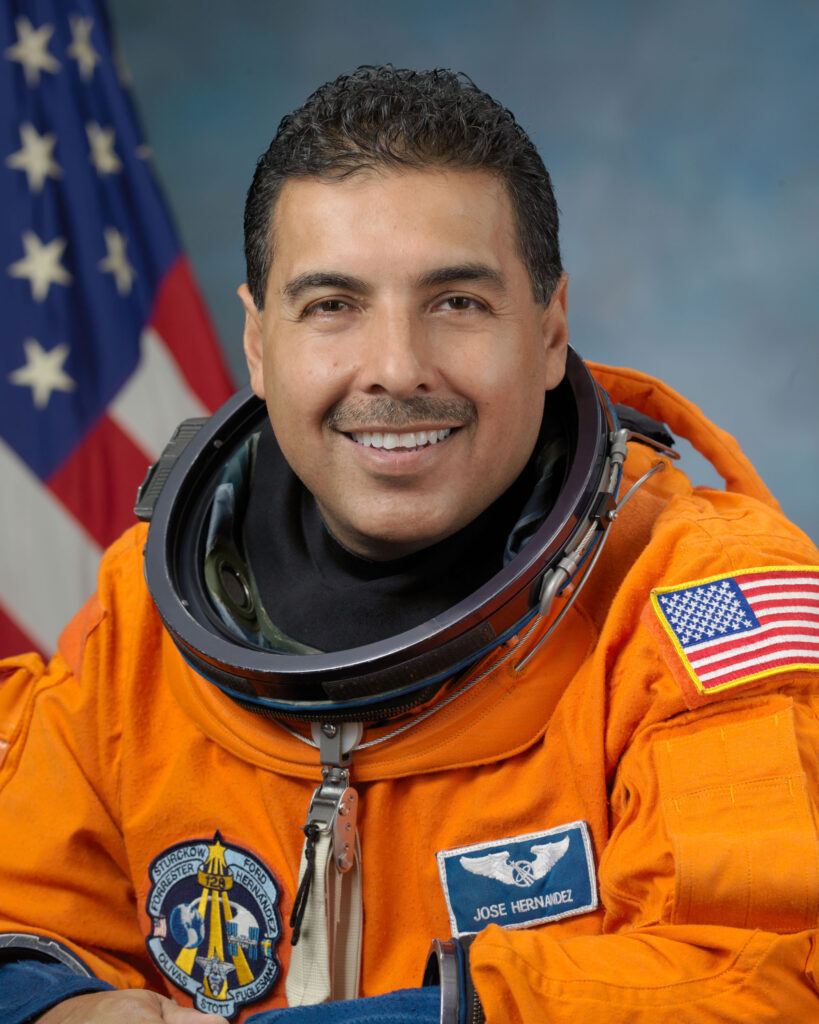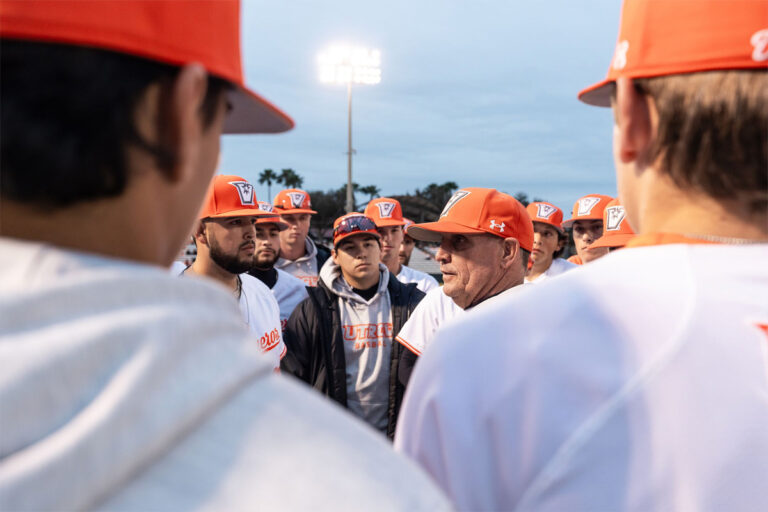Jose Hernandez, an astronaut and book author, will be the speaker for the Distinguished Speaker Series at 7:30 p.m. April 16 in the UTRGV Performing Arts Complex on the Edinburg campus.
Admission is free, with doors opening at 7 p.m.

COURTESY PHOTO
Hernandez said his experience as a former NASA astronaut was memorable.
“I think it was a great experience,” he said. “I spent 12 years at NASA training and then going onto the second-to-last mission to finish the construction of the International Space Station.”
After returning from space, Hernandez said the shuttle was retired.
“I spent 14 days up there,” he said. “When we came back, they announced the retirement of the shuttle fleet, so the only way to go back into space was with the Russians for the next 10 years. And, that involved a three-year training program where 80% of the time you’re in Russia. And me having five kids, most of them teenagers, I couldn’t see that would be very conducive to raising a family, so that’s when I left NASA and came back to California.”
Taking off into space was an event that Hernandez will always remember.
“Blastoff,” Hernandez said. “You do a revolution around the Earth once every 90 minutes once you’re up there. In those 14 days, I think I did about 270 revolutions.”
Watching the Apollo 17 mission at age 10 made Hernandez want to become an astronaut.
“I was 10 years old watching the very last Apollo program,” Hernandez said. “ You can envision a 10-year-old kid hanging onto rabbit ear antennas to improve his reception on a black-and-white TV, watching the very last man to walk the moon, Eugene Cernan.”
Hernandez’s physics professor inspired him to continue his studies at the University of the Pacific.
“I think my physics professor in my undergraduate studies is what inspired me,” he said. “… He did a lot to motivate me and kept me going. He believed in me, and with his encouragement I continued with that first semester as well.”
Later on, Hernandez began his master’s degree at University of California, Santa Barbara.
He created Tierra Luna Engineering LLC, an aerospace company in Stockton, California, after his retirement from NASA.
Dario Nava, a communication studies junior, said Hernandez is an inspiration for the Hispanic community.
“It’s also a huge step forward for the Hispanic community to get inspiration and see that they can also do anything that they want to, and anyone pursuing that degree that it’s not impossible, that there are people who are going to succeed,” Nava said.
Student Activities will host multiple events on the Edinburg and Brownsville campuses as part of the Distinguished Speaker Series.
Vaqueros can attend Cosmic Canvas from 5 to 6:30 p.m. Tuesday at the University Ballroom on the Edinburg campus.
Canvases will be provided for students to paint, along with free mocktails and light snacks.
Lilia Cabrera, a lecturer in the School of Art and Design, will guide students in painting.
“A Million Miles Away,” the biographical film about Hernandez’s journey into space and co-developing the first digital mammography screening, will be shown from noon to 2 p.m. and 7 to 9 p.m. Tuesday at the PlainsCapital Bank Student Union Theater on the Edinburg campus. It will also be shown from noon to 2 p.m. and 3 to 5 p.m. in the Student Union’s Salón Gardenia on the Brownsville campus.
The university offers programs on campus for those interested in space exploration.
Teviet Creighton, a professor in the Department of Physics and Astronomy and former director of the Center for Advanced Radio Astronomy, develops technologies for space exploration.
STARGATE, which stands for Spacecraft Tracking and Astronomical Research into Gigahertz Astrophysical Transient Emission, is a research and development program within the center.
Students, faculty and staff have been participating in technology development for STARGATE.
“There are a few that we are currently actively pursuing,” Creighton said. “One of the main ones is a new form of communication system called a phase array communication system, which is a way of communicating with spacecraft using collections of small antennas, rather than the big satellite dishes.”
The Space Engagement, Entrepreneurship & Research (SEER) program allows students to participate in group research activities.
“It’s a place for students to get together,” Creighton said. “We give talks, we give trainings, seminars on how to do research and talks about the actual research that the various students are doing in their projects.”
The SEER meetings are held at 2 p.m. each Thursday in the SEER room on the Texas Southmost College campus in Brownsville.
For more information about STARGATE and SEER, students can email teviet.creighton@utrgv.edu.





